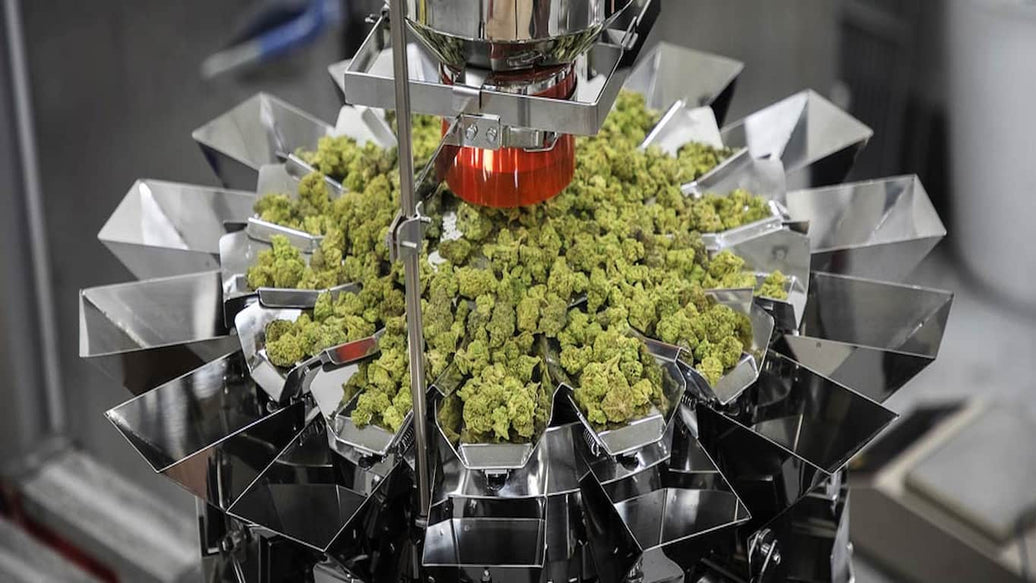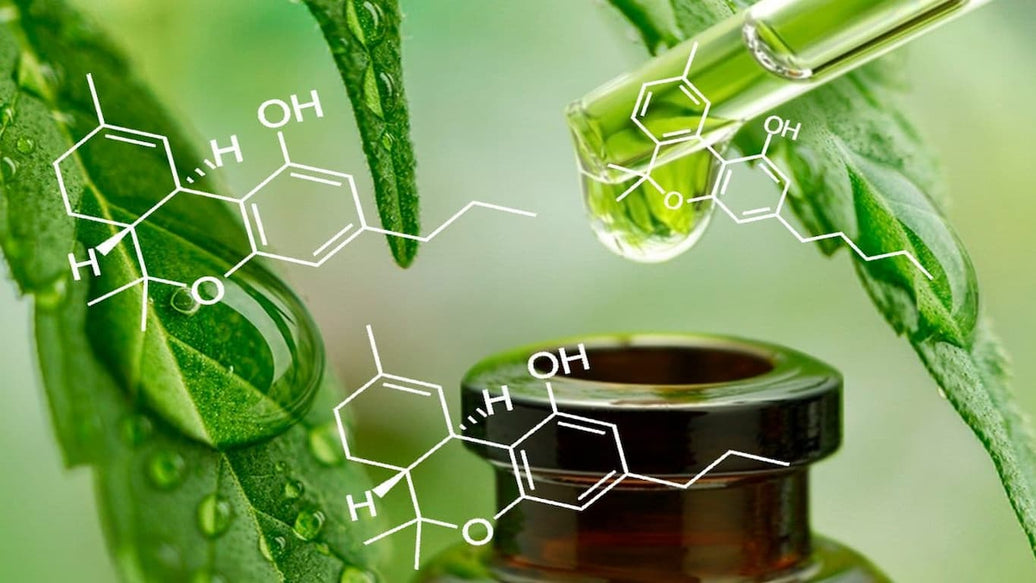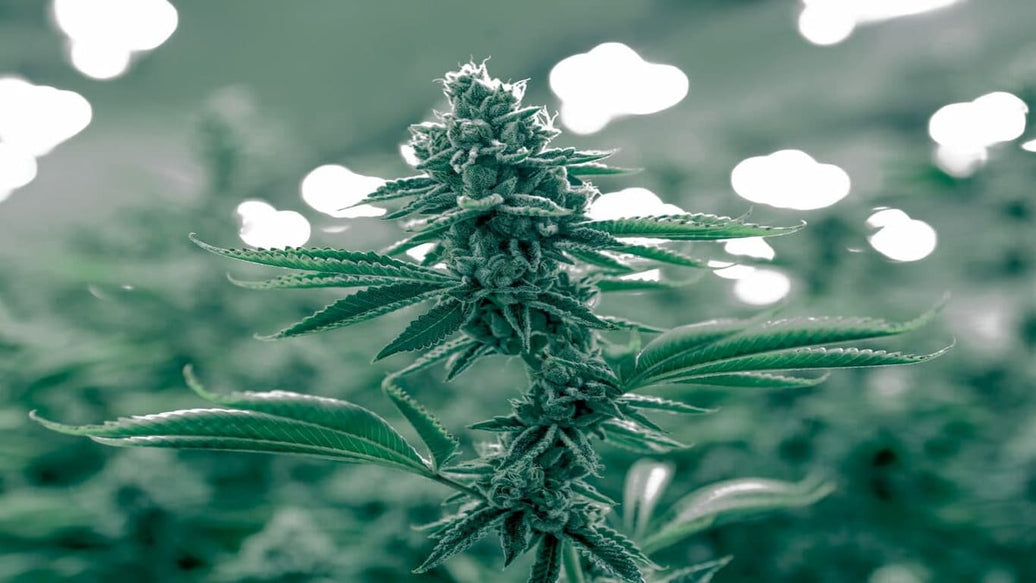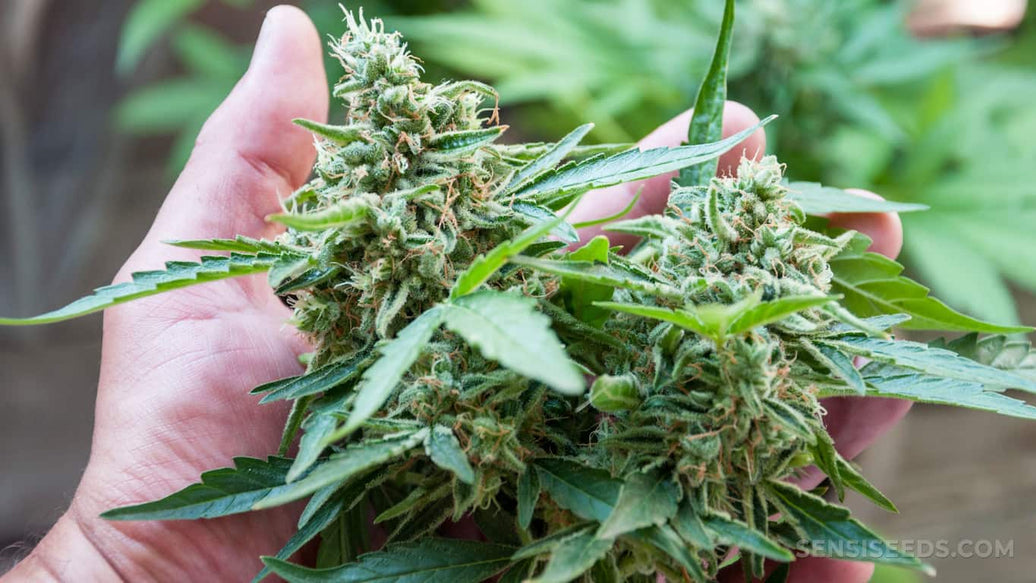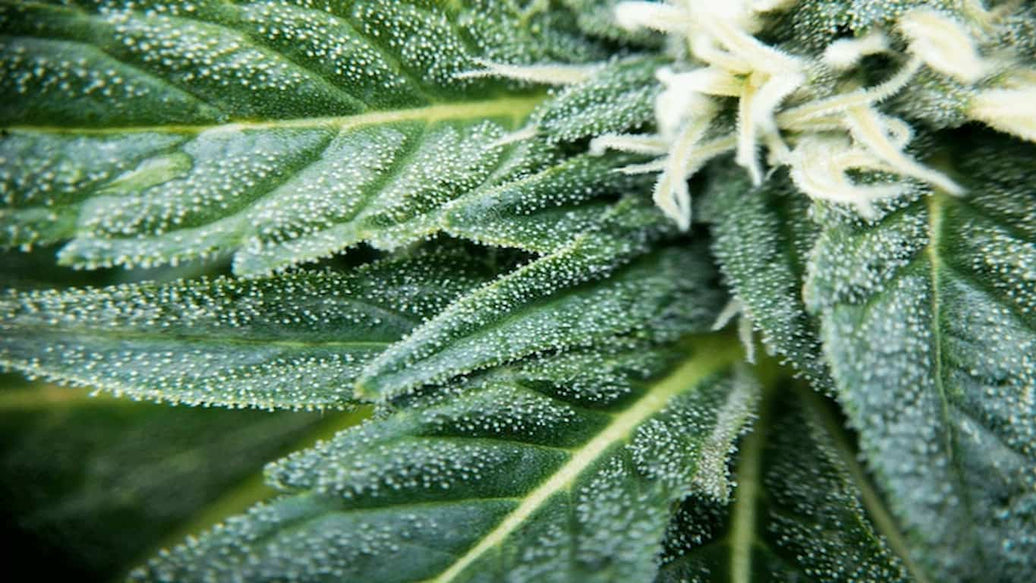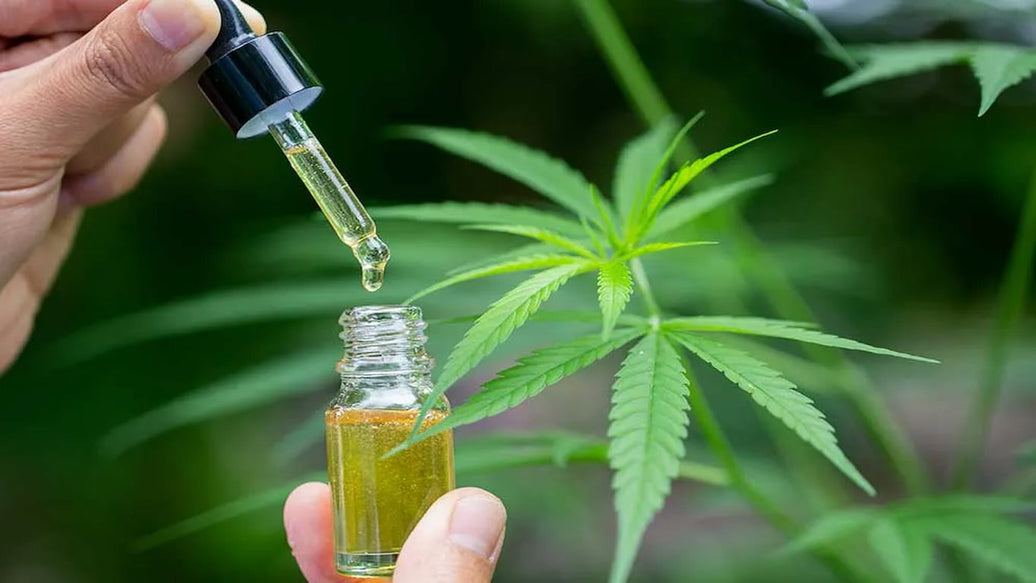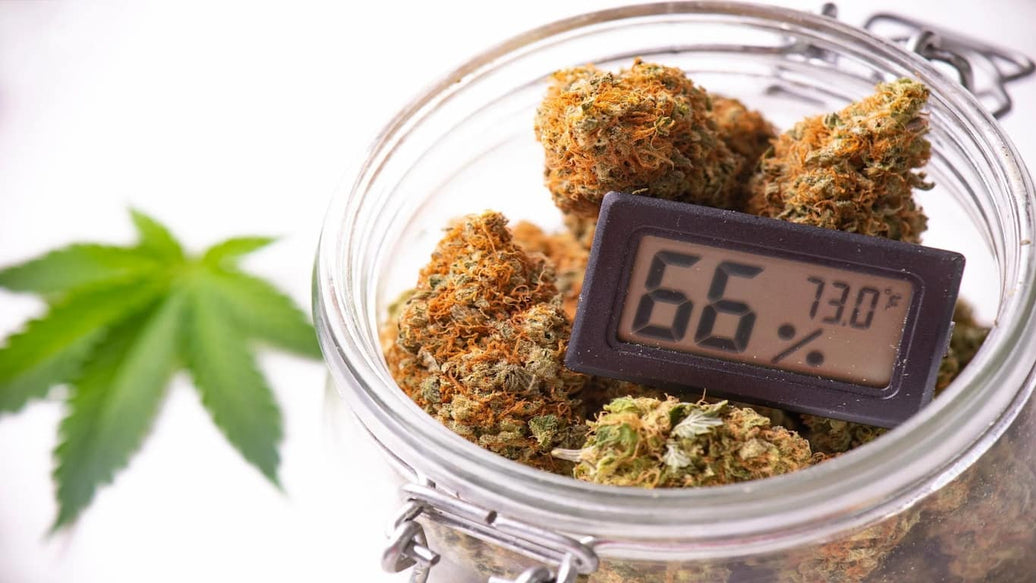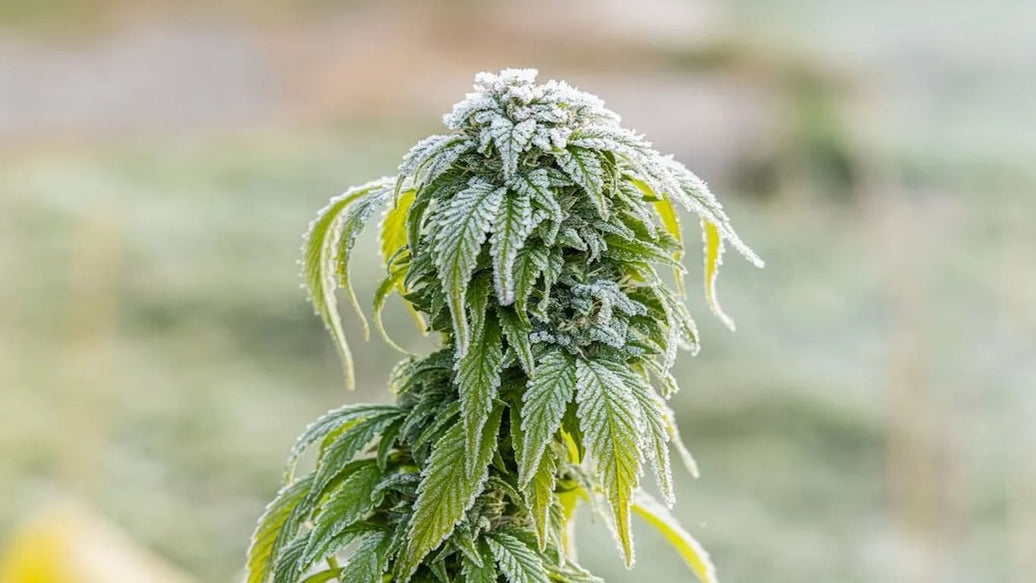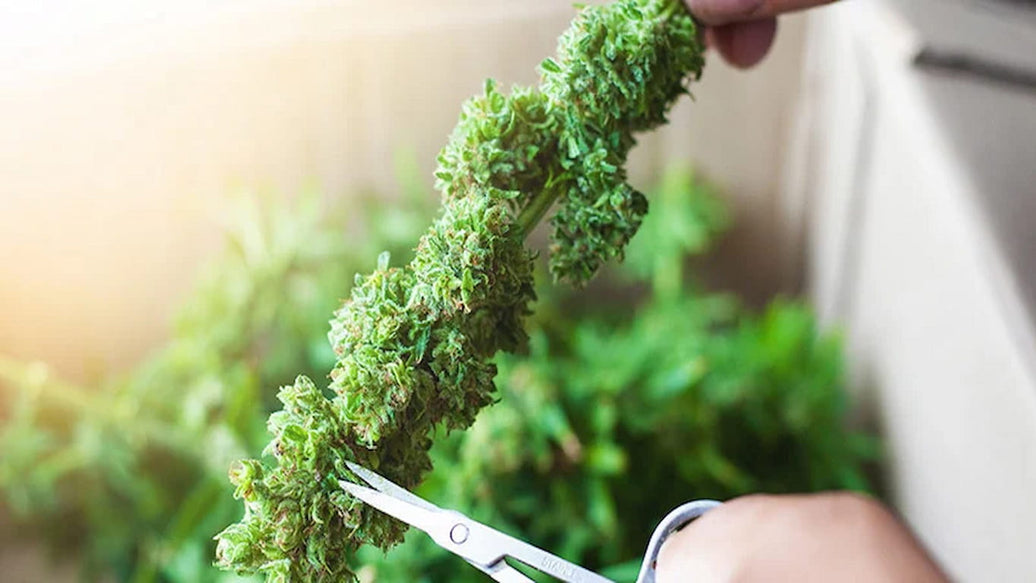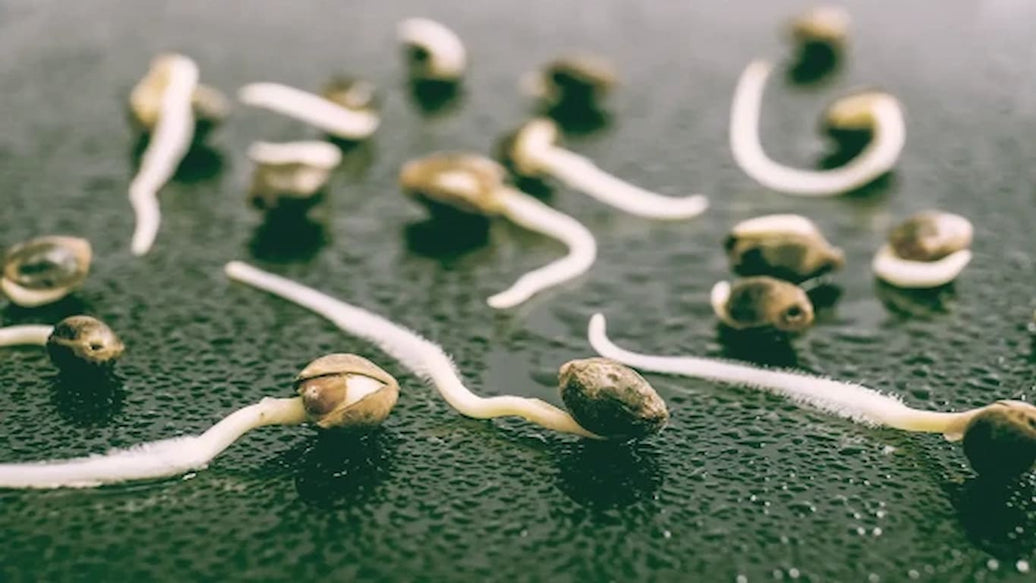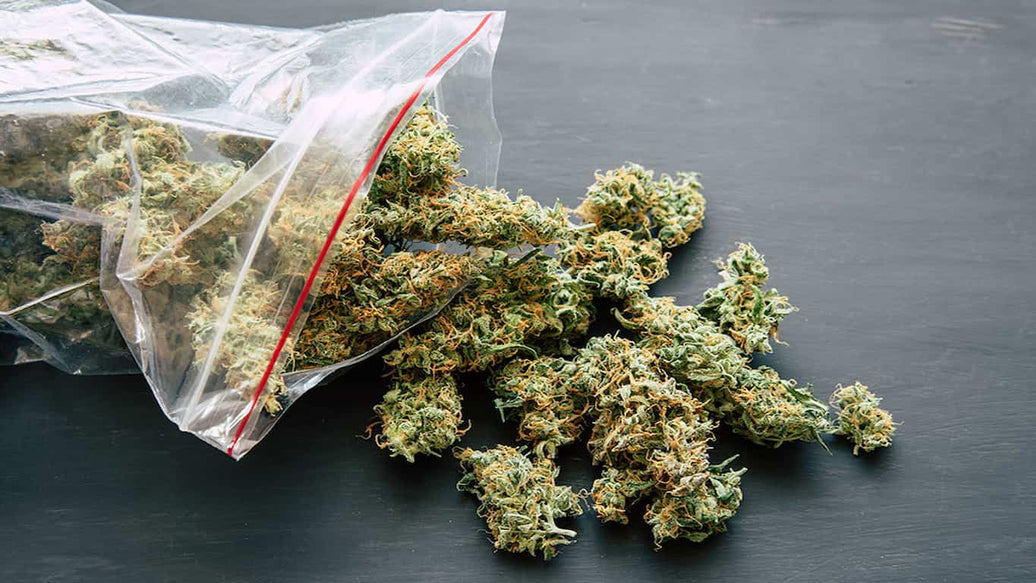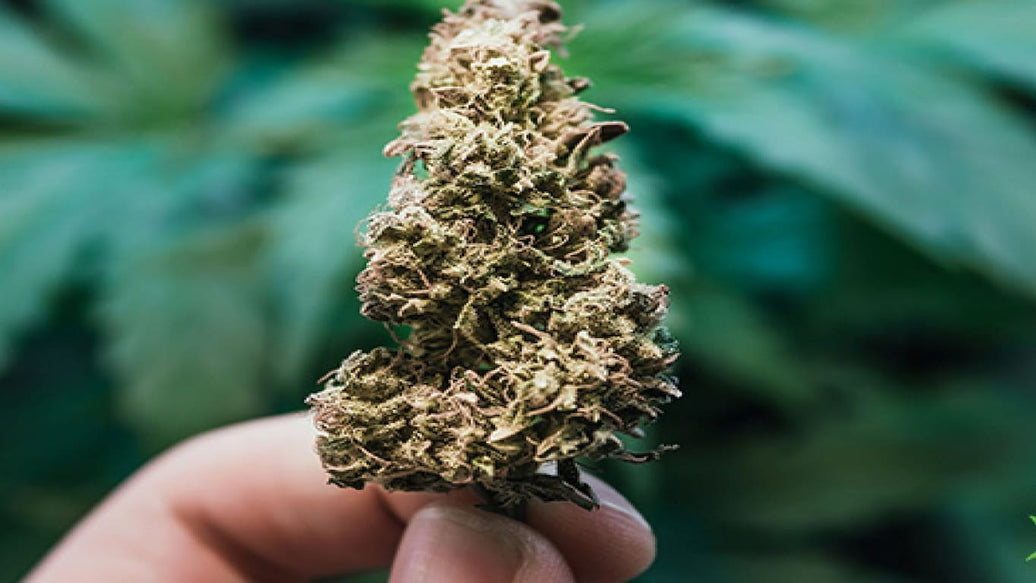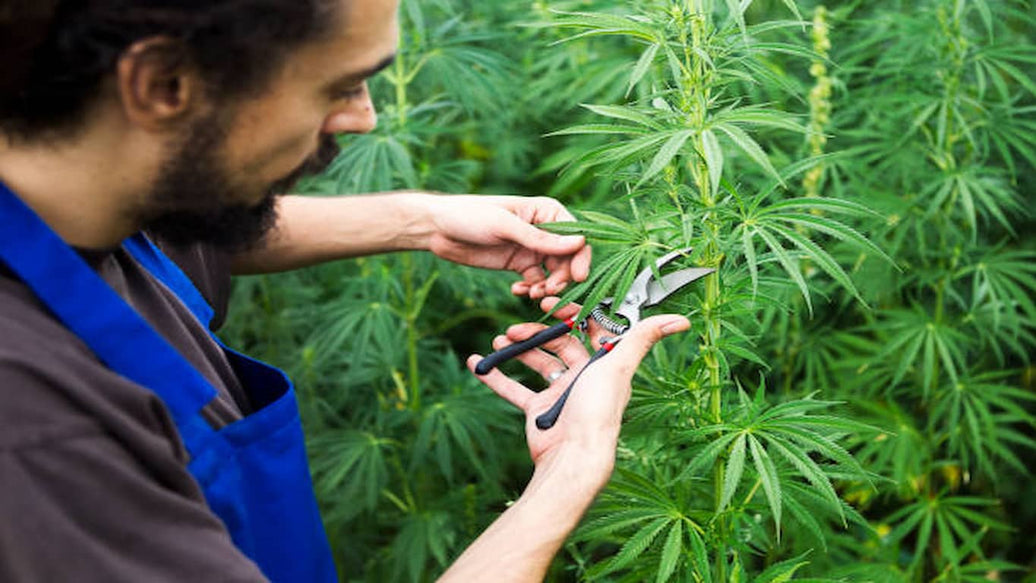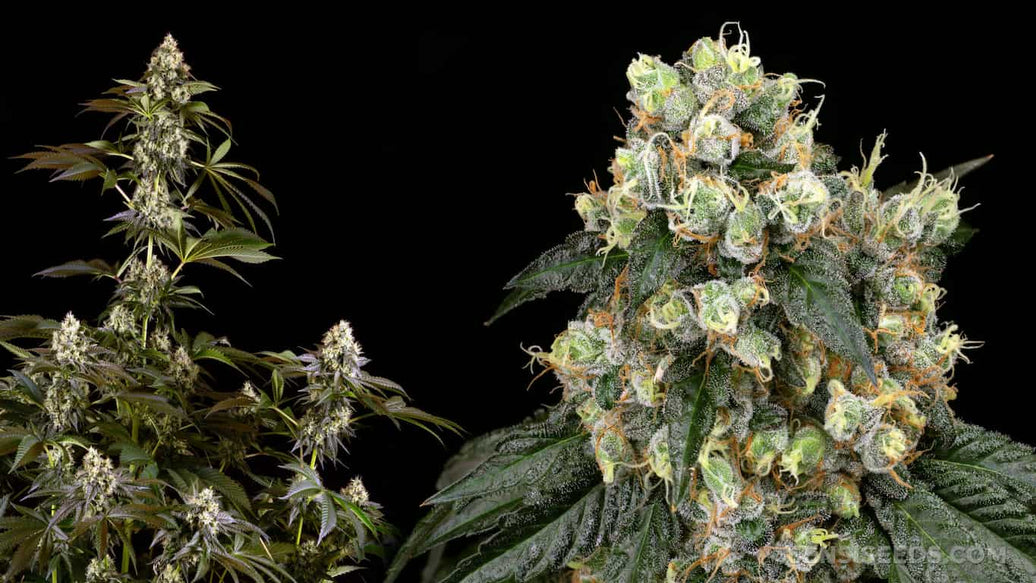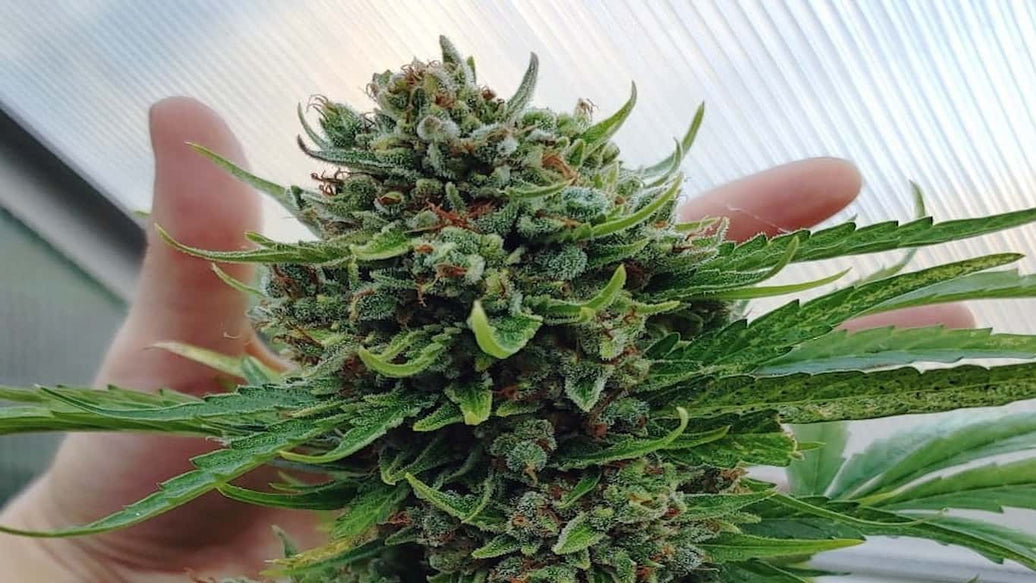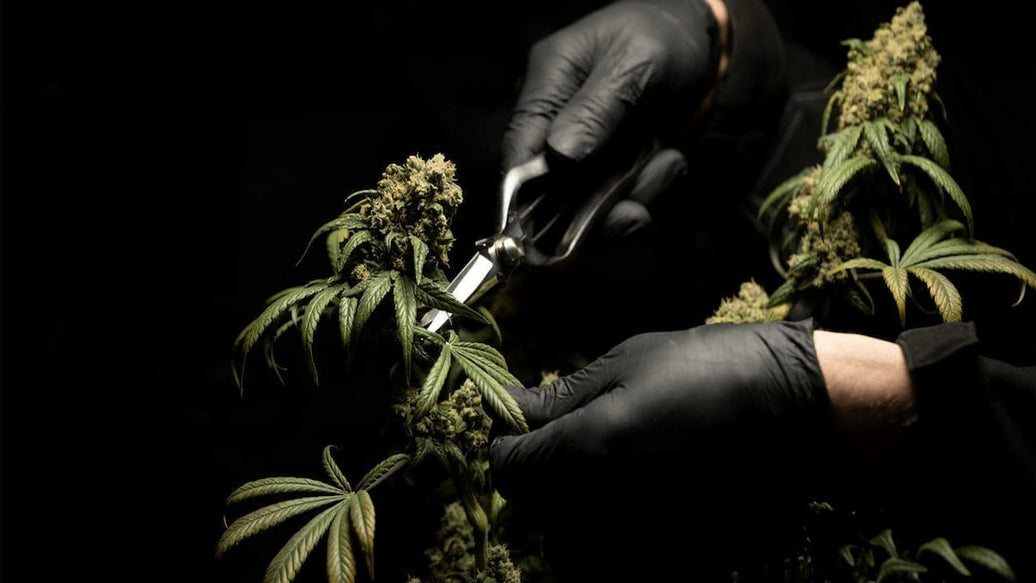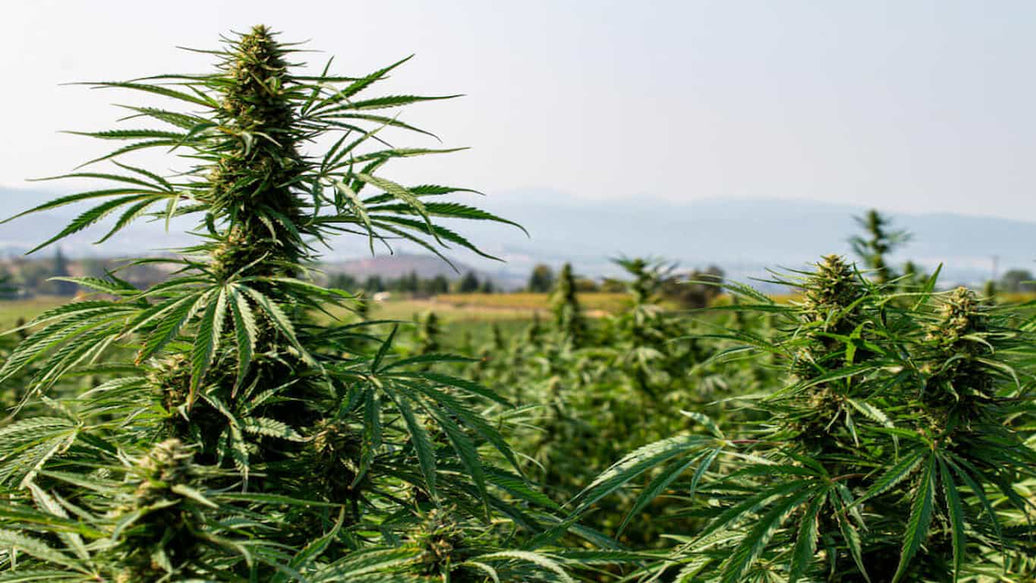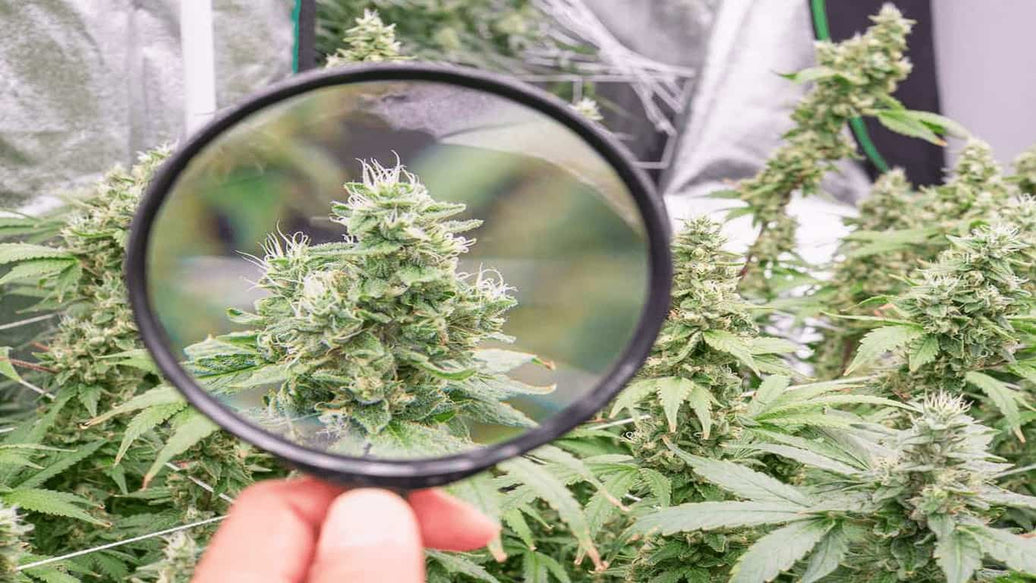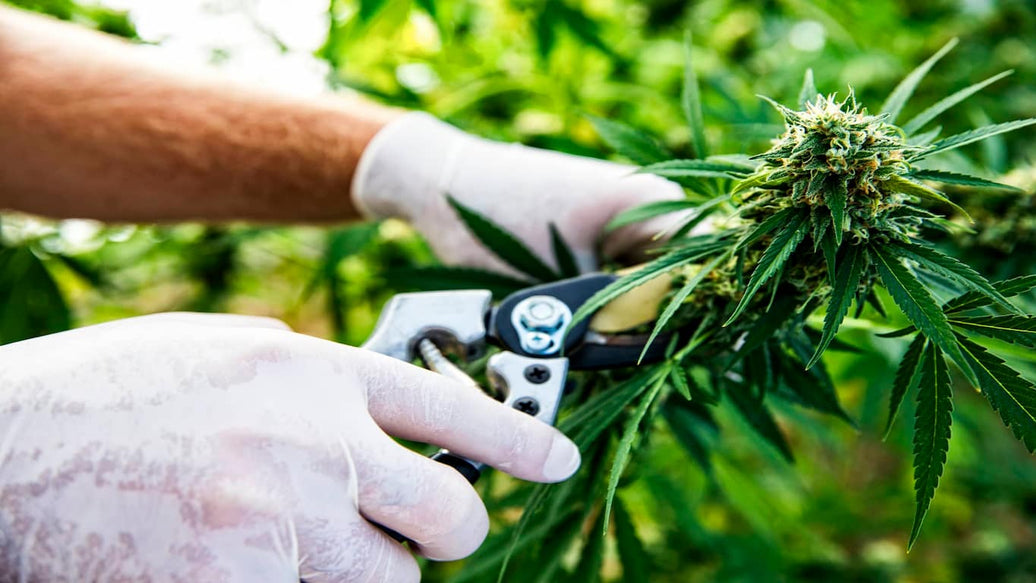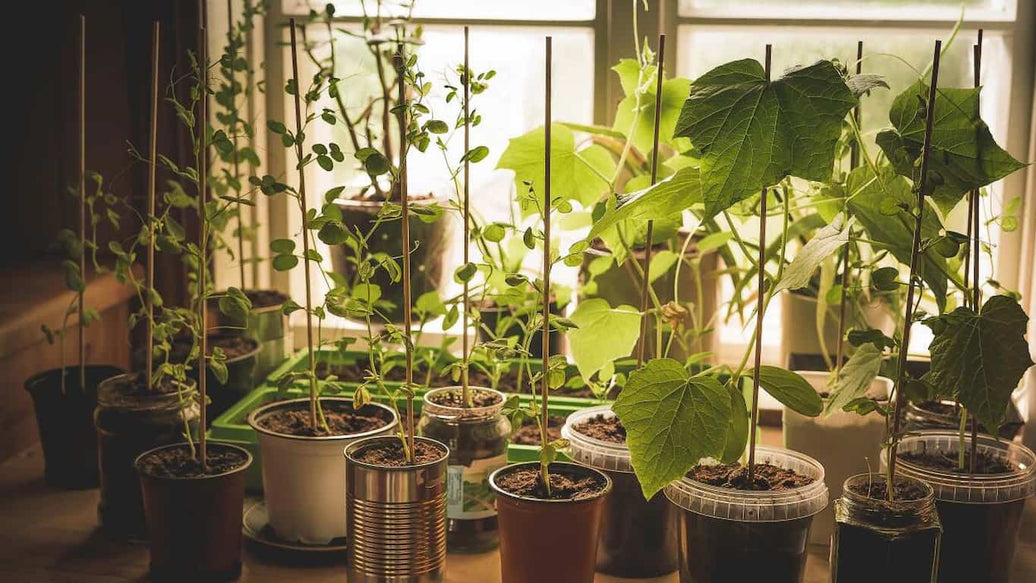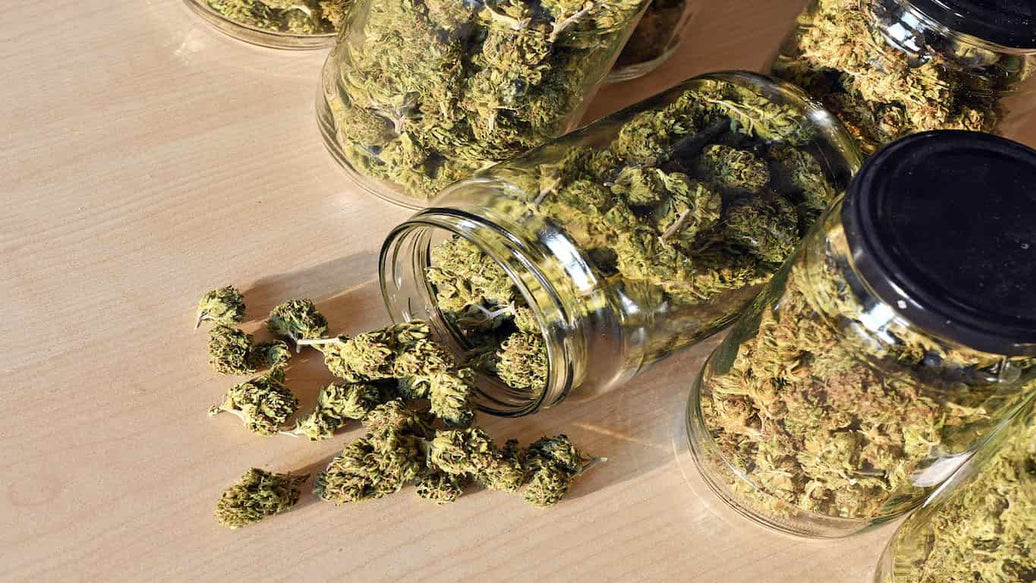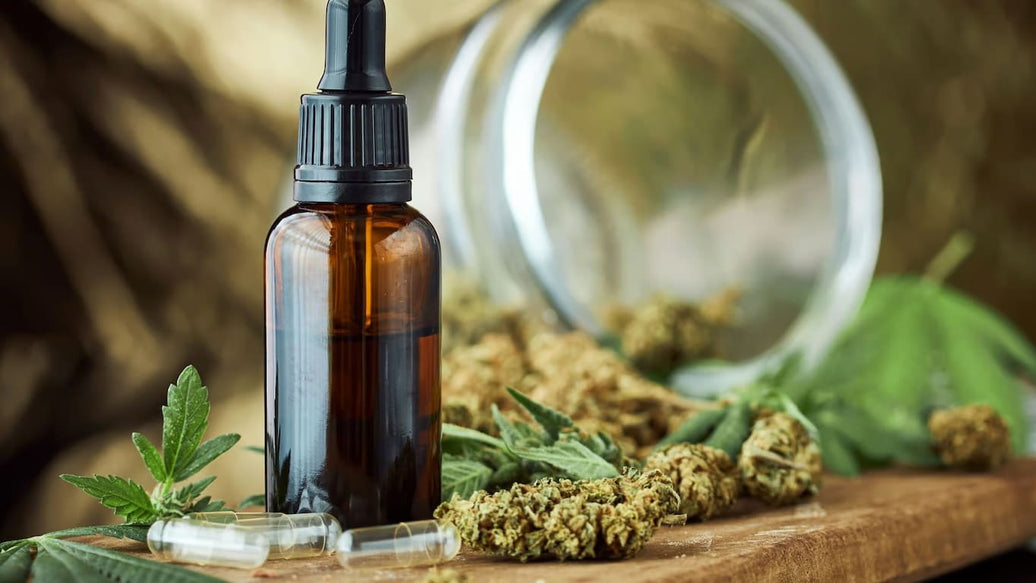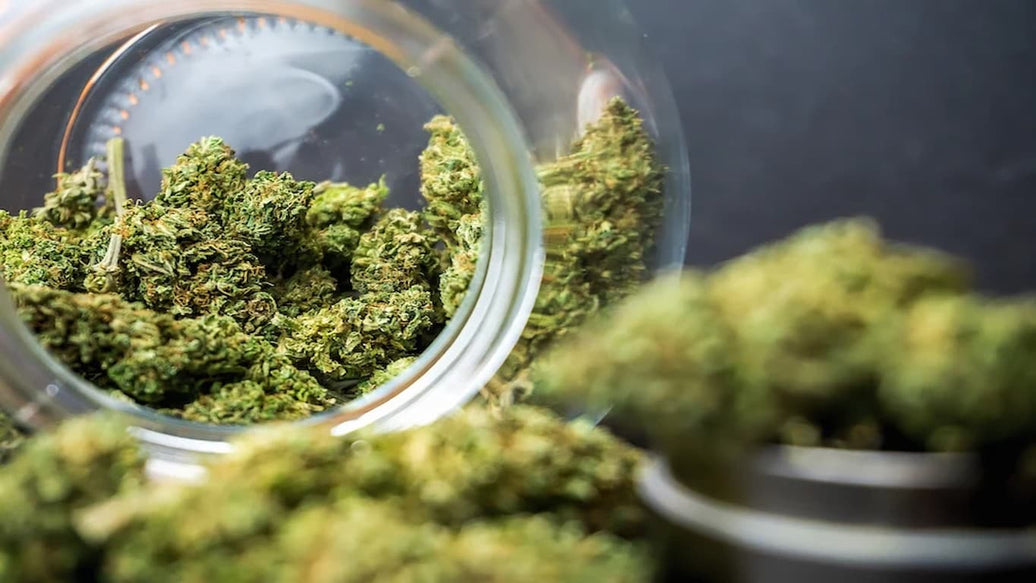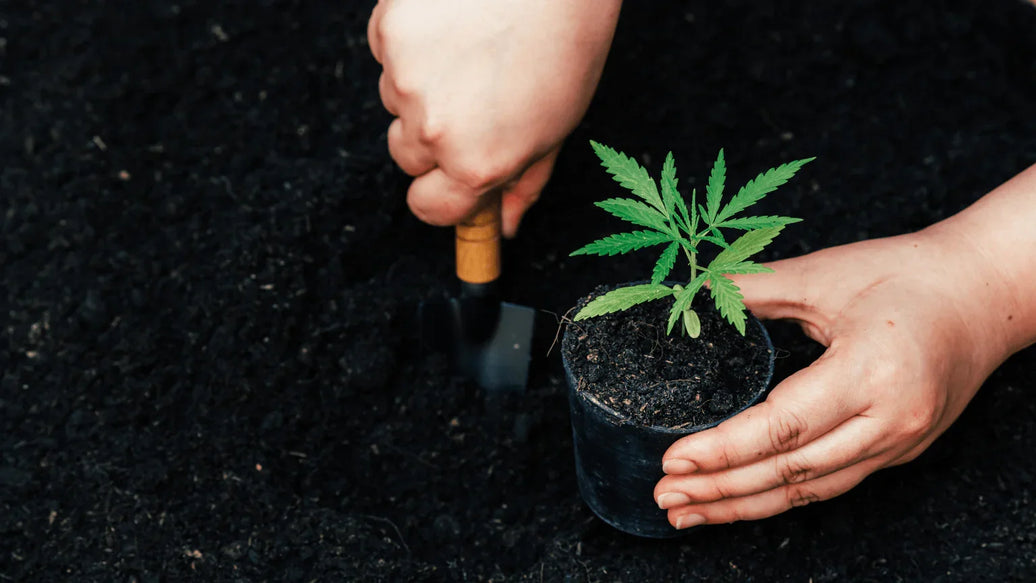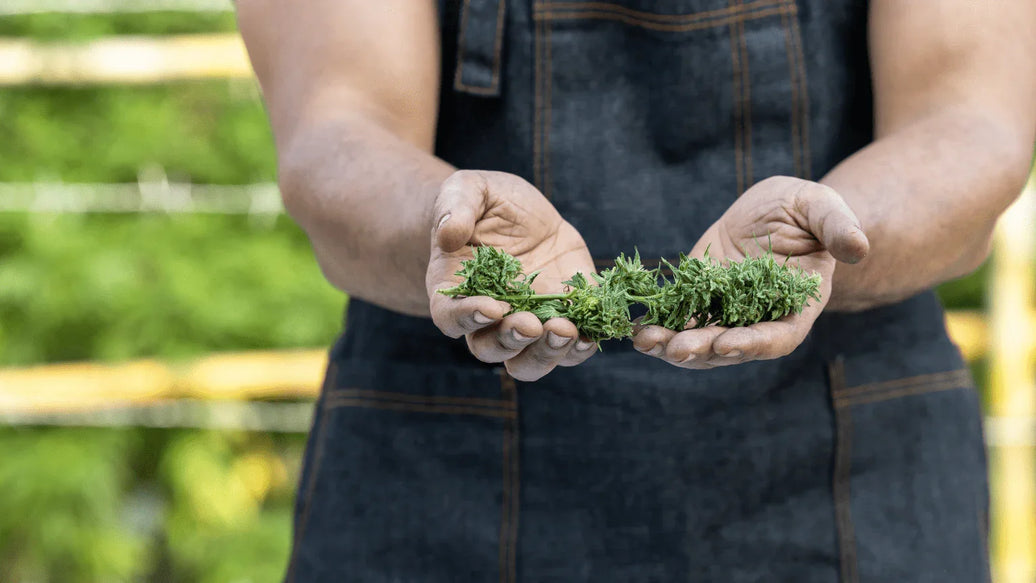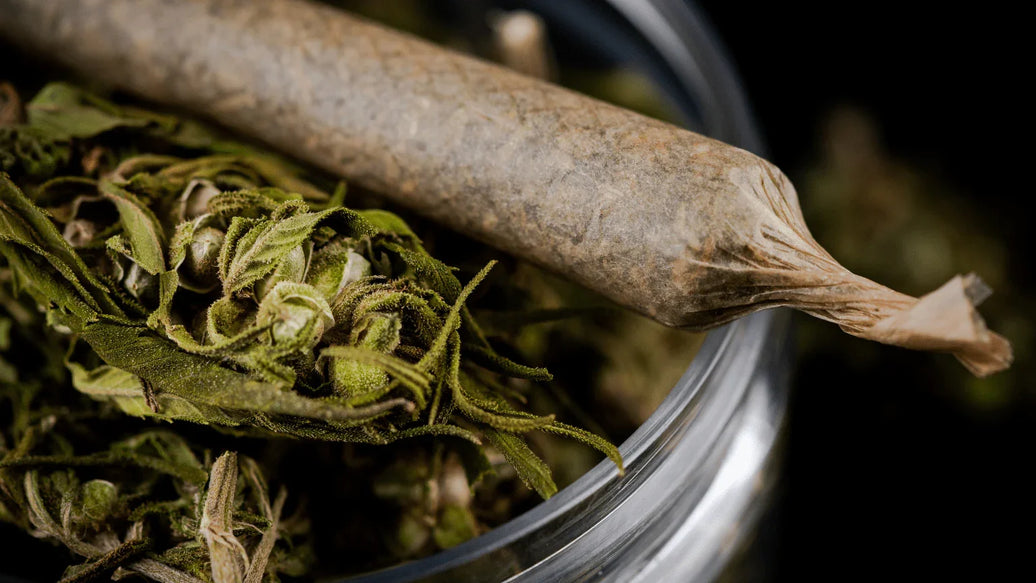
The term “terpenes” often gets thrown around when describing different properties of cannabis. In reality, terpenes are produced by various plants and are responsible for many of their aromatic properties.
History & Biology
In 1866, the German chemist August Kekulé established terpene as a term to distinguish certain hydrocarbons produced by plants. Cannabis, pine, lavender, and even oranges, are all examples of plants that produce terpenes.
Terpenes also play an important biological function in the plant world. Terpenoids – terpenes that contain additional molecules – are responsible for a variety of ecological interactions. Basically, plants use terpenes to communicate with other plants and are a defense mechanism against herbivores.
In Cannabis

Terpenes have been adapted into a variety of commercial goods. Many plant-derived products, such as perfumes and essential oils, use terpenes as an ingredient. In cannabis, terpenes are responsible for it’s taste and smell.
Terpenes are often confused with another chemical compound produced by cannabis: cannabinoids. Cannabinoids, such as THC, are responsible for the “high” you experience using cannabis. Receptors in the body’s endocannabinoid system produce effects of painlessness, relief, and euphoria when they interact with these cannabinoids.
CBD and THC are the two most commonly known cannabinoids, but there are in fact hundreds – each with their own unique effects.
Effects
Besides their aromatic properties, terpenes have a variety of other effects. Terpenes are believed to possess mood-enhancing properties, making them the basis for alternative therapies such as aromatherapy.
It is also strongly believed that the bioactive effects of terpenes can greatly enhance those of cannabinoids. Though these claims are not made without contention, a review conducted by Frontiers in Neurology suggests that CBD-rich extracts are more effective in treating symptoms of epilepsy than purified CBD.
This implies that CBD, and thereby other cannabinoids, are enhanced by other chemical components in cannabis – such as terpenes.
Types of Terpenes:

The natural world contains an endless amount of biodiversity, and the same can be said of terpenes. Despite this, scientists have only studied a handful.
Here are some of the better-known terpenes:
- Limonene
One of the most common terpenes, limonene is found in the rinds of many citrus fruits. Like other terpenes, it is recognized by its scent.
Studies suggest that limonene is host to a slew of therapeutic properties, such as:
- Anti-inflammatory
- Antioxidant
- Antiviral
- Antidiabetic
- Anticancer
- Pinene
Another terpene of natural abundance, pinene, exists in two forms: a-pinene and b-pinene. As the name implies, pinene is responsible for the scent of pine needles and many other plants, such as rosemary and basil.
It has long been believed that living in pinene-rich forests can have great therapeutic benefits, as well as preventative and restorative effects on one’s psyche and physiology.
- Linalool
An important compound in aromatherapy, linalool can be most abundantly found in the lavender plant. It is well understood that this terpene has a calming effect when smelled. It also has a range of other properties, including:
- Anti-anxiety
- Antidepressant
- Neuroprotective
- Antimicrobial




